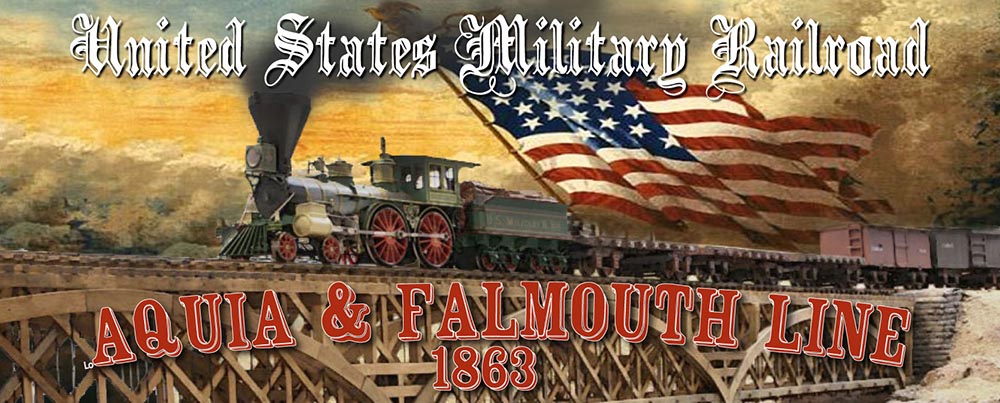 A question for you sailing experts- What kind of ship is docked in the foreground of this picture taken in Alexandria in the 1860s. (Click image to enlarge) It is a cargo schooner of some type, but with a slab sided, almost barge-like hull. The stern is squared off, and very "boxy". Note the next ship in the background is similar. The bulwarks are tall and solid, with no railings.
A question for you sailing experts- What kind of ship is docked in the foreground of this picture taken in Alexandria in the 1860s. (Click image to enlarge) It is a cargo schooner of some type, but with a slab sided, almost barge-like hull. The stern is squared off, and very "boxy". Note the next ship in the background is similar. The bulwarks are tall and solid, with no railings. These type of ships were common cargo haulers in the Civil War, yet I can't seem to find any information about them. Most of the schooners from that era that I can find out about are either racing yachts, fishing ships or Baltimore Clippers. All have much more graceful hulls than the ship pictured here.
What is it called? Any ideas where I can get a set of plans for one?
Initial research lead me to think it may be a Ram schooner. But this was ruled out as more information became available. This is from Bayou Journal
Ram schooners were an evolutionary sideline, a branch off the long line of schooners in Chesapeake history: the fast slavers, the Baltimore clippers, the big coasters that ranged from New England to the Caribbean, and the sleek pleasure yachts and racers.
Ram schooners were relatively high and “wall-sided” to increase capacity. This, coupled with their relatively shallow draft meant that they would slide sideways when sailing into the wind. While the ram’s design meant that it sailed poorly compared with other schooners, its broad, rectangular midsection was characteristic of most later sail merchant ships—a huge box with maximum cargo space.
The following NPS website has a pretty good history of the Cheasapeake Ram Schooner. http://www.nps.gov/history/maritime/nhl/victory.htm that convinced me that Ram Schooner isn't the right answer. According to this web site, like the Chesapeake Ram Schooner has three masts. But the other attributes, such as bald head gaff rig and boxy hull, seem to match.
The mystery continued until I borrowed a copy of the book "Chesapeake Bay Schooners" by Snediker and Jensen from the LoC.
The design was a development of the Baltimore Clipper, but with a full bodied hull for more cargo. Many had centerboards for operation in shallow water. According to Chapelle, a Chesapeake Bay schooner had a straight keel, an upright, flaring stem, a round tuck, and a square stern with a upper and lower transom. She had a flush deck, a short but unusually sharp convex entrance, and a rather long, fine run. Her midsection was characterized by a floor that had a slight rise, a low round bilge and some tumble home in the topsides and a long exaggerated cutwater. However, Snediker goes on to say that surefire identification was impossible due to many local variations. Fortunately, his book has several plans suitable for model building.

No comments:
Post a Comment